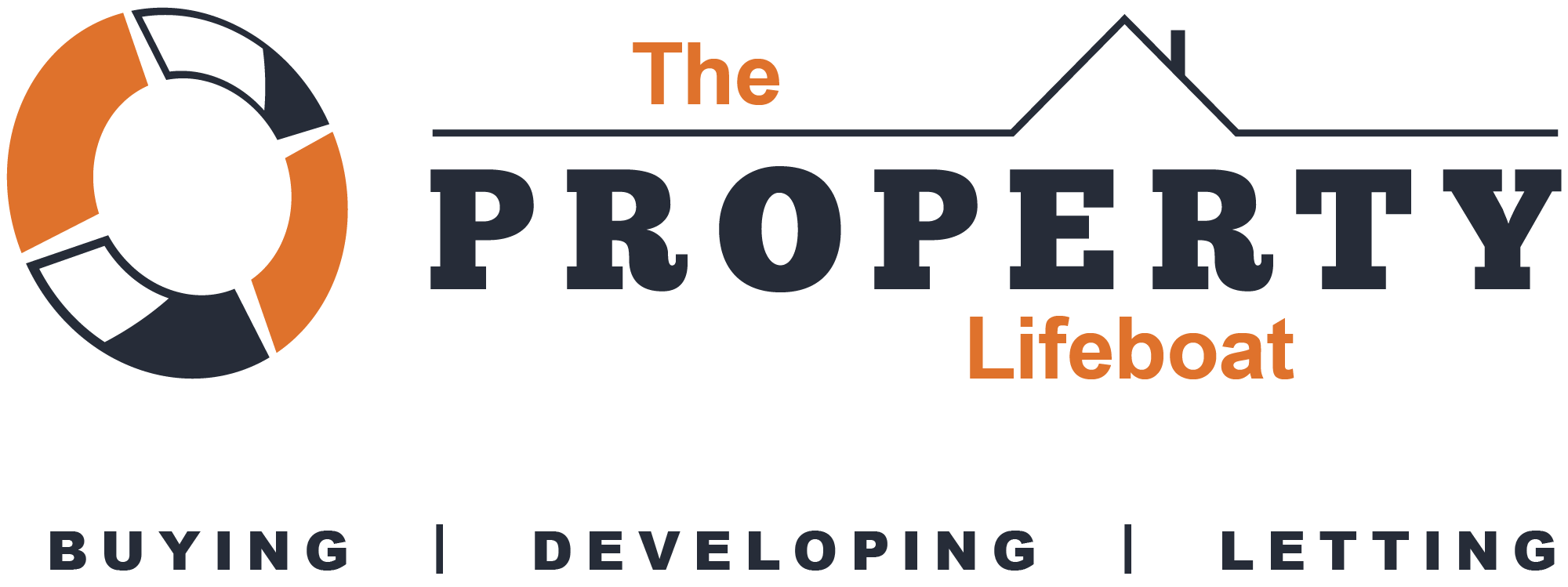There are three trends emerging in the property sector, which we predict will affect both property ownership and renting going forwards for the rest of this decade and beyond.

We take a look at each of these, with a spin on how they are likely to affect the rental space in particular and how landlords and investors can respond.
The Green Revolution

The Green Revolution is already firmly established within the property industry, with successive governments having used a carrot and stick approach to encourage the industry players to make changes for many years now. This is clearly reflected in developers’ behaviour, who are now increasingly focusing on including green features in their designs.
According to the Rightmove Green Homes report 2022, there are now over 70% more green features in property listings compared with 2020. In addition, improving a home from an F to a C rating could add an additional 16% to a property’s value. This now seems to also be feeding through into the rental market as well. Many landlords are now keener to review their portfolios for potential energy efficiency upgrades. As a lettings agency, we are starting to see some clear air in asking rents based on EPC rating.
Smart Technologies

In recent years, smart home technologies have become very popular. There are vast array of devices and systems that can control virtually every aspect of modern living in the home. Many developers are already integrating some of these technologies into new build homes and this is a tend sure to accelerate during the remainder of the decade. Increasingly, we will expect that tenants will demand access to many of these technologies integrated into their properties. This is perhaps more applicable to HMOs at present, but we would also encourage landlords to explore which technologies can be readily incorporated into other properties as well. We expect that these rental units will begin to demand a premium rent.
Small Living Spaces

There are currently a number of related trends that are taking off, that collectively are advocating ‘smaller living spaces’. The drivers for this overall trend are many: cheaper living (mainly driven by reduced energy bills), easier maintenance and a desire to cut out unnecessary clutter and waste in one’s lives. People also want to be more mobile and not be tied to a large, expensive house in a set location. In addition, there is also a longstanding and increasing demand on building space and a rising population, which together are driving naturally smaller living units being economically viable. Some of these trends are also being influenced by some Asian countries – particularly city living in Japan. In the UK rental space, this growing market is being satisfied – in part – by the developing HMO and Co-Living models. However, as the trend continues, we think there will also be an increased demand for affordable, bespoke, technology rich, single occupancy spaces (not necessarily with shared facilities) that are cheap to run and provide ‘hassle-free’ private living for the tenant. In parallel, there may be an increasing demand for support services, such as cleaning and laundry services or onsite facilities, with some features of the serviced accommodation model being adopted. Wherever this trend ends up, the driving pressures are not going away.
Are you looking into purchasing a property in the view to convert to an HMO but, you would like an expert advice before potentially making costly mistakes?
——————– YOU NEED AN HMO VIABILITY REPORT ——————–
You will have a one-to-one preliminary phone call to discuss the details of what you need. We would then have a site viewing which will be followed by a full written report highlighting everything you need to know about making your property viable as an HMO.
This could save you incredible amount of time, frustration, and money for just £249 inc VAT.
For more information or to book your phone call,
please email admin@thepropertylifeboat.co.uk

